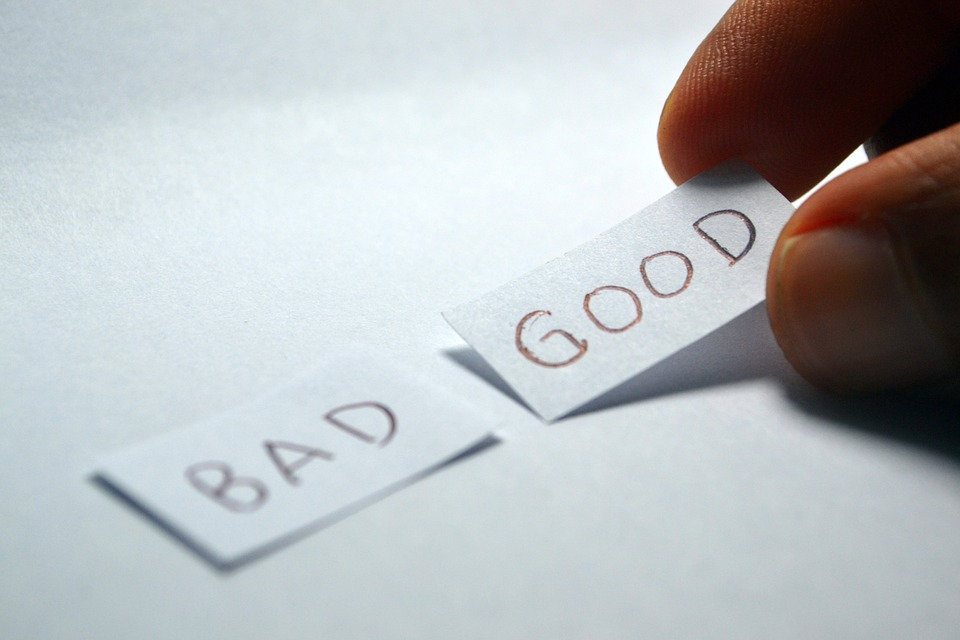
How to Assess Content on the Interwebs:
Bad Content
99% Opinion
Only Black and White – no middle ground or Gray area
Dramatic
Negative in Nature
No References or basic science
Quality Content
Backed By Science and References
Discusses the Gray Areas
Acknowledges Biases
Positive in Nature
Leads to More Interest / Questions
We are living in a time of information overload.
Everyone has access to information and everyone wants to share it. It’s not a privilege anymore.
Anyone can make shit up - and that’s the name of the game.
Novel inputs.
Polarizing views.
Strong opinions.
But most of the time that’s just marketing and insecurity.
Instead of letting our emotions and quick reaction drive our time we should be looking for quality content. And one way to do that is by checking for references. Then make sure those references are worth their salt as well.
People that reference articles, books, or lectures are sharing quality. You can check their breadcrumb trail to the original source. You can find it’s often not polarizing. It’s not a completely novel idea. It’s a mixture of areas - it’s gray.
So do your brain a favor and check for quality.
Avoid reacting emotionally.
Avoid polarization.
Check the references (if there are any) and only digest the good stuff.
-1.png?width=129&height=50&name=Untitled%20design%20(24)-1.png)

Leave Your Comment
Many desktop publish packages web page editors now use model text
search for sites their infancy.